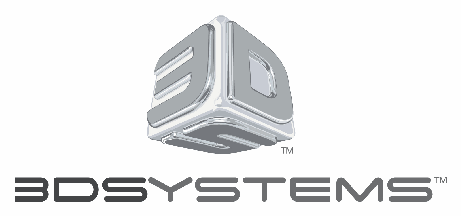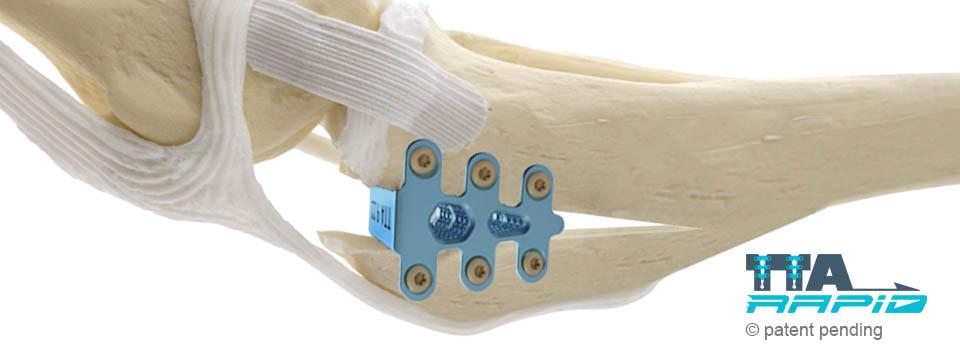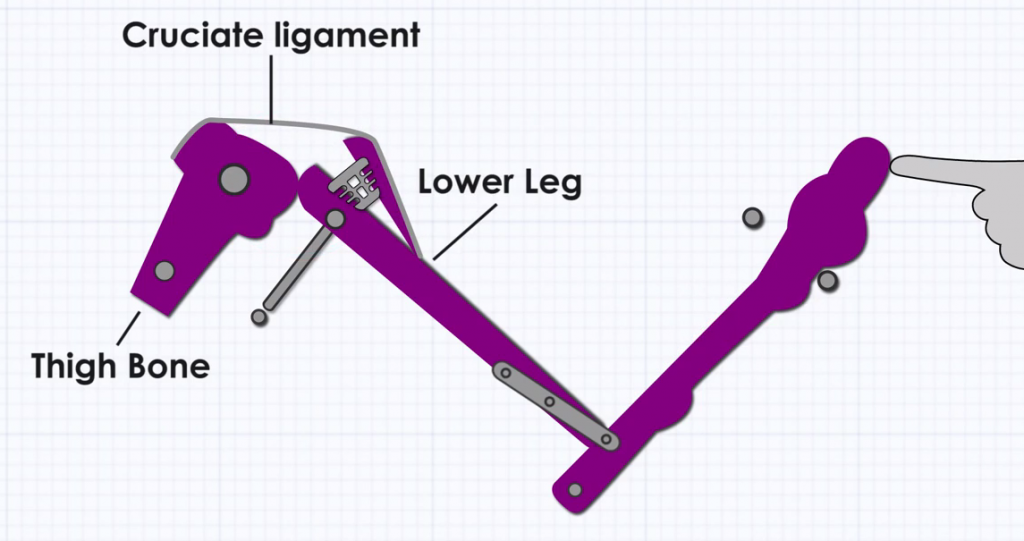 We share so many of the ups and downs of life with our pets, who love us unconditionally. We share the joy of recreation and quiet solitude with our fur-covered friends — and lately, we share innovation in medicine and medical devices with them more often also.
We share so many of the ups and downs of life with our pets, who love us unconditionally. We share the joy of recreation and quiet solitude with our fur-covered friends — and lately, we share innovation in medicine and medical devices with them more often also.
As 3D printing has infiltrated the medical field, improving the quality of life for many humans with what is now a multitude of 3D printed implants, devices, and more, we’re seeing it cross over into animal medicine as well with fantastical — and true — stories of animals receiving items like prosthetic legs. We’ve reported on dogs, livestock, and more benefiting from 3D printed devices.
There’s nothing more heartbreaking for pet owners than watching our pets become debilitated and limited by a health issue such as a cruciate ligament condition, which can affect any breed of dog. Caused by genetic issues, trauma, or often just deterioration due to old age, the condition is usually seen in larger dogs. If your dog has this condition, it most likely suffers varying levels of pain, swelling, and possible lameness.
Due to a new process with the 3D printed TTA Rapid Implant (Tibial Tuberosity Advancement), veterinarians are now able to get dogs recovered and back on their feet much faster. This is no near-future hope or a flash-in-the-pan gimmick as between 3D Systems and Rita Leibinger Medical, the new implant has helped over 10,000 dogs recover quickly and get back to running in the dog park, on the beach, and playing Frisbee with their owners.
Because of the options available with 3D design and 3D printing, 3DS was able to digitally design and create a titanium implant with an intricate but open structure produced through direct metal 3D printing. Without this technology, it simply would not have been possible. Due to the material and its design, ‘rapid bone ingrowth’ occurs much faster and with better results.
The 3D printed implant is inserted into the dog’s lower leg, “reorganizing the mechanical forces of the bones and creating dynamic knee stability without the need to repair the damaged ligament,” according to 3DS. Dogs are back in business within six weeks, and from start to finish, the whole process is streamlined as dogs are not in the operating room and under anesthesia for as long with the process and have they have much less chance of infection than with traditional processes for relieving the cruciate ligament condition in any breed of dog.
 3DS and Rita Leibinger Medical report that the reviews from pet owners are “overwhelming.”
3DS and Rita Leibinger Medical report that the reviews from pet owners are “overwhelming.”
“It is heartbreaking to see your dog in so much pain that he or she can barely walk,” said Rita Leibinger, owner and founder of Rita Leibinger Medical. “With this implant we experienced faster, more successful surgery and a faster recovery period. It is gratifying to see progress like this improve the lives of these animals and their families.”
The surgical technique for the process was perfected in collaboration with Dr. Yves Samoy from Ghent University in
 Belgium. With a patent pending, they expect soon it will be released worldwide. To answer the immediate question regarding tiny breeds and cats as well, they are hoping to offer miniature versions of the 3D printed titanium implants for those animals as well, soon.
Belgium. With a patent pending, they expect soon it will be released worldwide. To answer the immediate question regarding tiny breeds and cats as well, they are hoping to offer miniature versions of the 3D printed titanium implants for those animals as well, soon.
“With 3D printing complexity is free, which is critical to unlocking performance and efficacy in the medical field,” said Kevin McAlea, Chief Operating Officer, Healthcare Products, 3DS. “Unlike traditional manufacturing, there is no penalty for complexity or scale, so we are able to produce a wide range of implant sizes quickly and economically. 3D printing is the clear choice for better functional and scalable solutions, in healthcare and beyond.”
Many of us have had the experience previously of watching dogs — larger dogs especially — suffer from issues making it difficult for them to walk at all, much less walk beside us experiencing nature and companionship anymore.
It’s not only a great relief for the pet to be able to have this new lease on life thanks to 3D printing, but what a relief for more than 10,000 pet owners who have been able to see their beloved family members get back to using all four limbs. Do you know anyone with a pet that has benefited from this surgery? Tell us about it in the 3D Systems 3D Printed Titanium Implant forum over at 3DPB.com. Check out the video below detailing TTA Rapid technology.
Subscribe to Our Email Newsletter
Stay up-to-date on all the latest news from the 3D printing industry and receive information and offers from third party vendors.
You May Also Like
3D Printing Unpeeled: New Arkema Material for HP, Saddle and Macro MEMS
A new Arkema material for MJF is said to reduce costs per part by up to 25% and have an 85% reusability ratio. HP 3D HR PA 12 S has been...
3D Printing News Briefs, January 20, 2024: FDM, LPBF, Underwater 3D Printer, Racing, & More
We’re starting off with a process certification in today’s 3D Printing News Briefs, and then moving on to research about solute trapping, laser powder bed fusion, and then moving on...
3D Printing Webinar and Event Roundup: December 3, 2023
We’ve got plenty of events and webinars coming up for you this week! Quickparts is having a Manufacturing Roadshow, America Makes is holding a Member Town Hall, Stratafest makes two...
Formnext 2023 Day Three: Slam Dunk
I’m high—high on trade show. I’ve met numerous new faces and reconnected with old friends, creating an absolutely wonderful atmosphere. The excitement is palpable over several emerging developments. The high...

































